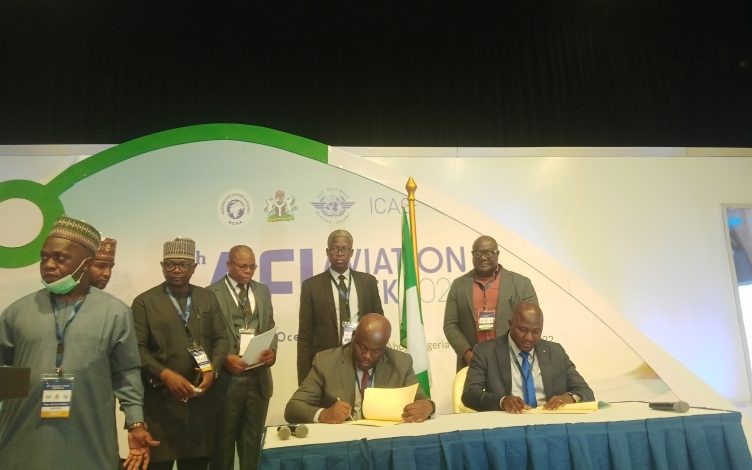BY MIKE OCHONMA
The National Auotomotive Design and Development Council (NADDC) is in talks with the Central Bank of Nigeria (CBN) to design workable solutions for automotive financing to make auto purchase affordable for Nigerians, Jelani Aliyu, director-general of NADDC has disclosed.
Aliyu gave the hint while making a presentation at the 9th Annual Transport Lecture organized by Transport Day Newspapers, with the theme: ‘Nigeria’s Transportation For Development; Sectoral Achievements, Prospects and Challenges’ which held in Abuja.
“We had a meeting with the CBN yesterday on auto financing. We want to work out a solution that would enable Nigerians buy new vehicles and pay over a period of six years” he said.
The NADDC boss said the move is part of the agency’s efforts geared towards promoting and enhancing value addition in the transport cum automotive sector of the economy by creating a conducive business climate to further enhance investment inflow and industrialization.
NADDC is rapidly shifting attention to carbonless transport system in Nigeria in a bid to develop and promote advanced transport technology in the automotive industry.
He said that this is because, vehicle electrification is inevitable, it is the future of automotive industry worldwide and we are working assiduously towards achieving its comprehensive and sustainable adoption in Nigeria.
“There is no gainsaying the fact that poor maintenance culture of vehicles in the transport sector contributes immensely to environmental pollution. The use of EVs that have advanced technology will not only curb these excesses but will also lead to more productivity in the industry.
“Currently, one of our top focus areas is scaling up production of applicable electric vehicles locally, to enable Nigeria meet its target for the Paris Accord and 2060 net zero commitment, both on reducing harmful gas emissions from vehicles” he said.
NADDC recently set up a Technical Committee on Electric Vehicle Development Plan aimed at drawing up a comprehensive development plan for vehicle electrification in Nigeria, towards the realization of full scale local production of multiple brands of applicable EVs that would be in tune with the economic structure of the country and to be supported by establishing effective ecosystem of charging infrastructure.
The plan would also ensure that made-in Nigeria EVs are of world standards and compete favourably in the global market.
“As a pilot scheme project, the NADDC has established 100% Solar Powered EV Charging Stations at Usman Danfodio University Sokoto, University of Lagos and University of Nigeria Nsukka and also discussing with other stakeholders for collaboration in establishing more charging infrastructure all over the country.


